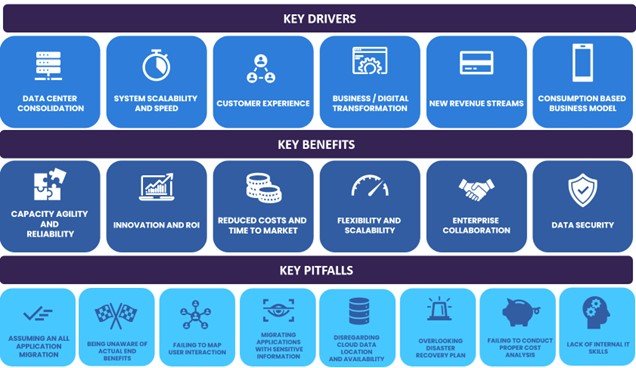Tax
The Future of the Tax Professional
In an era characterised by intricate tax regulations, evolving compliance standards, and the increasing complexity of cross-border transactions, the demand for tax expertise has never been higher comments Russell Gammon, Chief Solutions Officer at Tax Systems.

Over the past decade or more, the adoption of cloud-based technologies and services has eased some of the pain, allowing for collaboration across teams and automation of the more routine tasks. Meanwhile, government-led initiatives, such as Making Tax Digital, have driven more transformation across the industry. But, a high turnover of graduates, combined with an existing skills gap, has made embracing change difficult for many companies.
These circumstances have changed the nature of the job, and as we face another huge gamechanger in the shape of generative AI, the future of the industry and the tax professionals themselves are set to change for good.

Some key considerations for banks before and during cloud adoption

Emma Taylor
Senior Analyst in GlobalData's Thematic Intelligence Team specialising in disruptive technologies.
Making tax attractive
One of the core tasks a junior executive might be asked to do is to prepare a tax computation for a client. Often, the first task might be to classify their income and expenses, spending multiple hours going through hundreds of rows of trial balance data, line by line. Safe to say that’s not many people’s idea of an attractive job, never mind a well educated, ambitious graduate embarking on a new career. Whilst Robotic Process Automation (RPA) and other technologies have eased that burden somewhat, it is AI that promises to really shake things up.
AI has the potential to become a valuable “co-pilot” to the knowledgeable tax professional. Acting as a co-pilot, AI can take on a number of tedious, repetitive jobs and pass back over to their human counterpart for the tasks that require creative or strategic thinking to be applied – the ultimate dream team. Not only does such teamwork accelerate the speed at which assignments are completed, but eliminating the mindless, monotonous tasks makes a tax professional’s job more engaging as it allows them to utilise their human intelligence to check the AI’s outputs and, more importantly, spend time on more valuable and strategic tasks.
AI can also transform another mundane aspect of the tax professional’s job: reporting. Let’s say you need to configure eight reports for a client. That’s a lot of collecting, collating and analysing data. But overlaying the data with AI enables you to create multiple reports instantly. It also allows you to ask the dataset simple questions and get a reasonable first-pass response, saving time analysing the data set and finding this information yourself. It is also likely your co-pilot will notice aspects of the data that you may have missed or connect two correlated data points that a human may never have associated together.
This enables more nuanced and interesting reporting whilst allowing flexibility and efficiency that will help the future tax professional become responsive and productive.
Plugging the skills gap
Artificial intelligence can also do wonders in closing the existing skills gap – if it can take over the essential brunt work, trained tax professionals can use their knowledge and expertise on higher-value tasks that require creative and strategic thinking or adaptive behaviour.
But, if tax professionals don’t do the grunt work from the ground up, how can they act as a gatekeeper for AI-generated information? AI will always need someone to quality-check its output, so it is vital to train people to do the job even if they spend little time actually completing the task themselves. They won’t be doing the base level determinations, but they will be confirming their validity.
That’s why training and continuous learning is essential. Industry associations and firms can offer training programs, webinars, and certifications to ensure that tax practitioners, young and old, remain relevant and well-equipped to address evolving challenges.
Introducing Gen-Z
Yet, AI won’t single-handedly solve the skills gap in the long run if the industry doesn’t actively and openly embrace change to attract more graduates at the same time. Gen-Z are digitally-native and tech-savvy so want to be working collaboratively and with the latest technologies, not doing mundane data entry on an old legacy desktop product.
Luckily, the new way of working is perfectly suited to Gen-Z graduates who can help to transform the industry for the better. With the intuition and technical abilities to take advantage of generative AI, the Gen-Z workforce are the ideal candidates to take a different perspective and find a more efficient, new way of doing things.
Attracting Gen-Z to the tax profession requires a blend of innovation, purpose and engagement. By showcasing the dynamic, impactful, and tech-driven facets of tax careers, the industry can transform their perception and ensure a vibrant pipeline of young talent ready to navigate the complexities of the modern financial landscape. Closer links to universities, better promotion of the industry and continuous professional development all play a key role in getting this message across.
Unlocking the power
As it currently stands the tax industry may look like it is in the midst of the “perfect storm” - a lack of tax graduates, a huge skills gap, and the implementation of digital initiatives unsettling the routine of many experienced tax professionals, are not typically the foundations of a great environment. But this is the ideal opportunity to revolutionise the tax industry for good. By embracing AI, investing in ongoing training and utilising the technical skills of the upcoming graduates, we can ensure that the tax industry remains attractive to the tax professionals of today and the future.
Main image: Russell Gammon, Chief Solutions Officer, Tax Systems